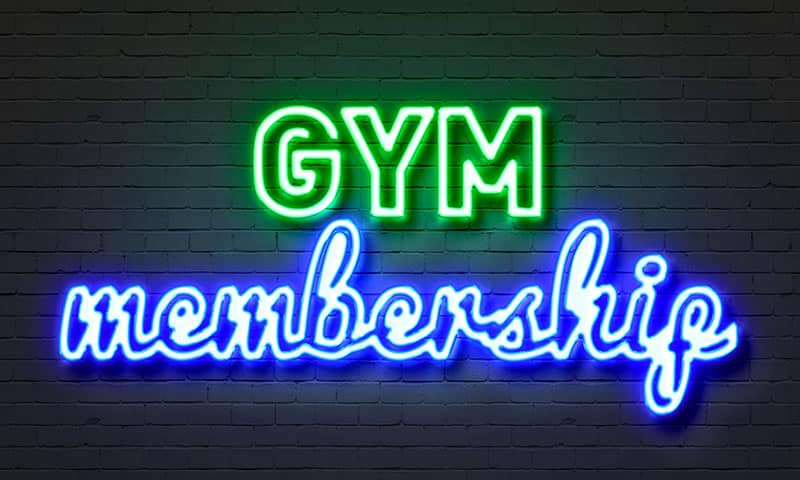
Compensation: think beyond the mighty $!
If you look at your workforce demographics, what benefits would attract and retain your employees and top candidates? The benefits that you offer should be attractive and competitive. With low unemployment rates, companies are attracting jobseekers with healthy compensation packages and employee perks.
A well-balanced compensation package provides insight to potential employees of the company culture. When searching for a new job, a survey by Business News Daily suggested that 77% of respondents would consider a company’s culture before applying. Some jobseekers valued workplace culture a higher deciding factor when reviewing job offers.
Compensation is the combination of salaries, wages, and benefits that an employee receives in exchange for performing a particular job. It may include an annual salary or hourly wage combined with bonus payments, benefits, and incentives. Compensation consists of direct as well as indirect compensation. Both can either be monetary or have the value of money.
Direct compensation consists of hourly wages, salaries, bonuses, and commission.
Indirect compensation has monetary value but is in a non-monetary form. Examples of this would be employer sponsored health insurance, 401k retirement plan match, tuition assistance, or a company-paid gym membership.
There are also non-financial compensation factors to consider. At a time when employees are leaving jobs in search of opportunities that provide deeper fulfillment, these forms of compensation represent the ‘softer’ side of the equation. In addition, these highly coveted items can really help organizations stand out as an employer of choice and help companies attract candidates with shared values. These can include:


Employees who feel valued will go the extra mile for their employer and it will be reflected in their individual performance as well as the organization’s overall performance. They are less likely to look for new opportunities and become valuable assets to the organization.
